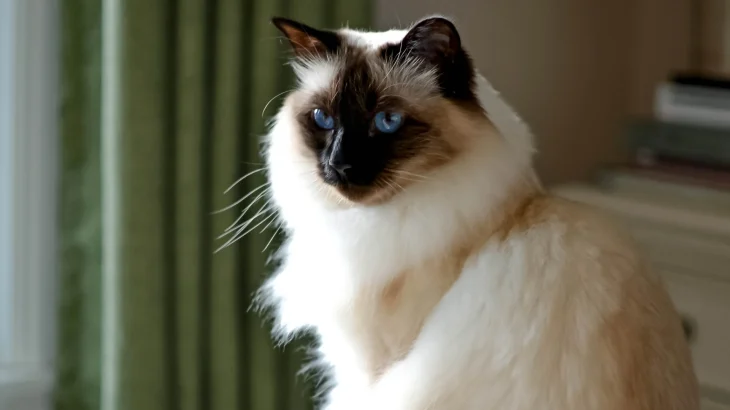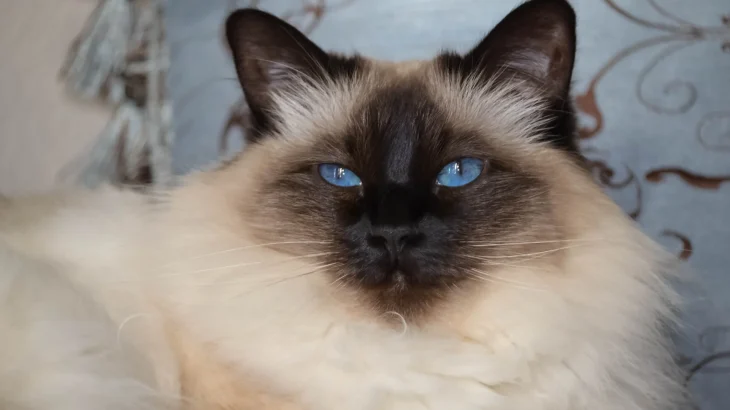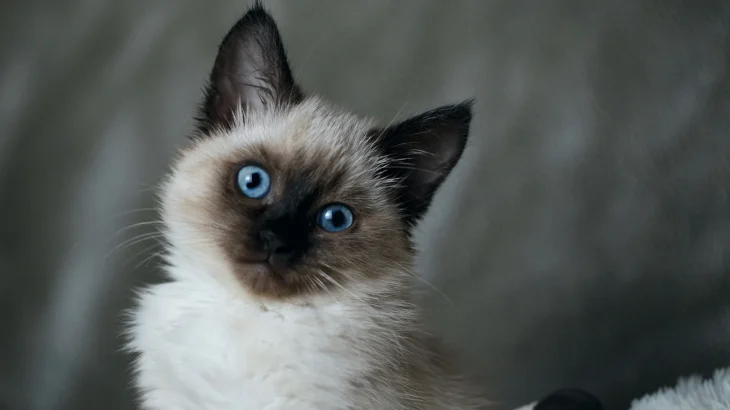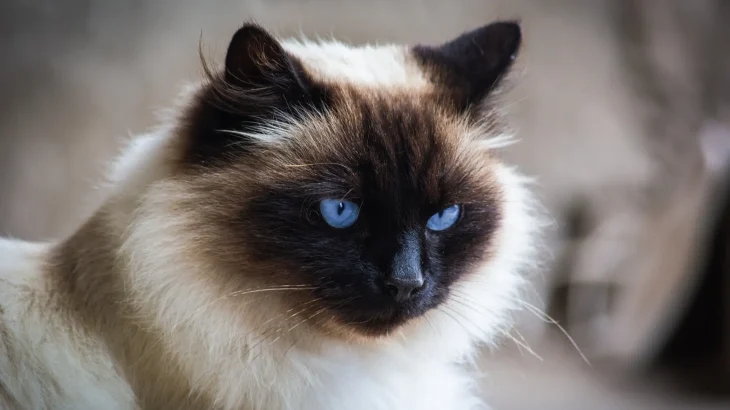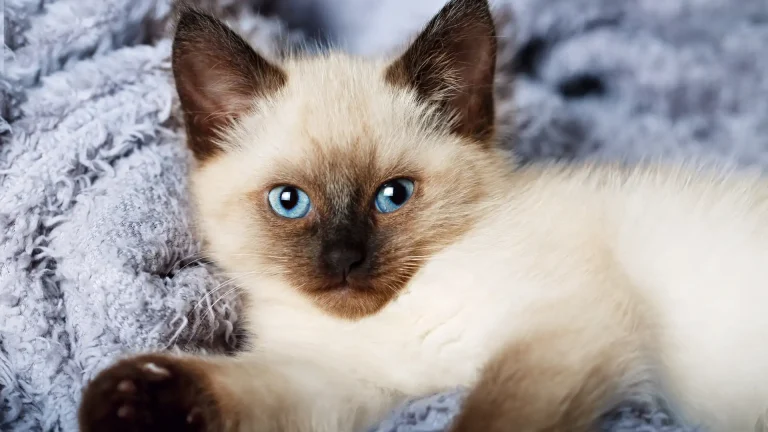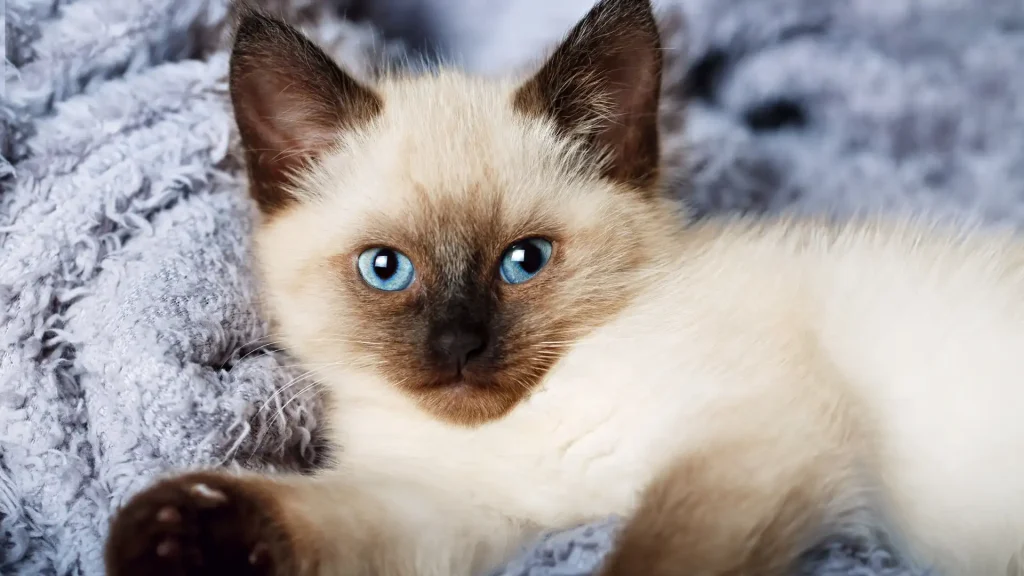When deciding how to welcome a Balinese kitten into your home, you might weigh the benefits of adopting versus purchasing. Each choice offers unique advantages, especially regarding cost, health transparency, and support. Balinese cats, known for their specific care needs, may require thoughtful consideration about their background.
| Criteria | Buying from Breeder | Adopting from Shelter/Rescue |
|---|---|---|
| Cost | Higher initial cost reflecting purebred status and breeder expenses. | Lower adoption fees often including vaccinations and spaying/neutering. |
| Health History | Comprehensive health records and genetic screening usually provided. | Basic health checks done; detailed history may be unknown. |
| Age Availability | Mostly kittens, allowing early bonding and training. | Varied ages, offering options beyond kittenhood. |
| Temperament Insight | Breeders provide insights based on lineage and socialization. | Shelter staff can share observed behaviors; full background may be limited. |
| Supporting Practices | Supports responsible breeding with ethical oversight recommended. | Supports animal welfare by giving homes to cats in need. |
| Breed Purity & Pedigree | Guarantees pure breed status and documentation. | Breed purity uncertain; often mixed or unknown pedigree. |


